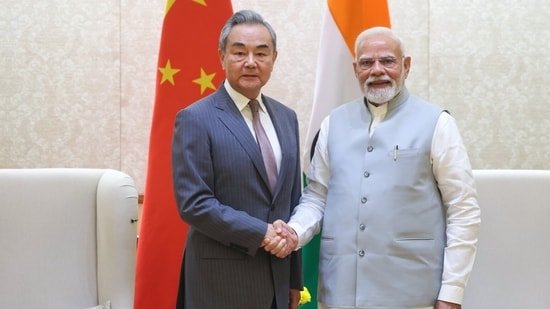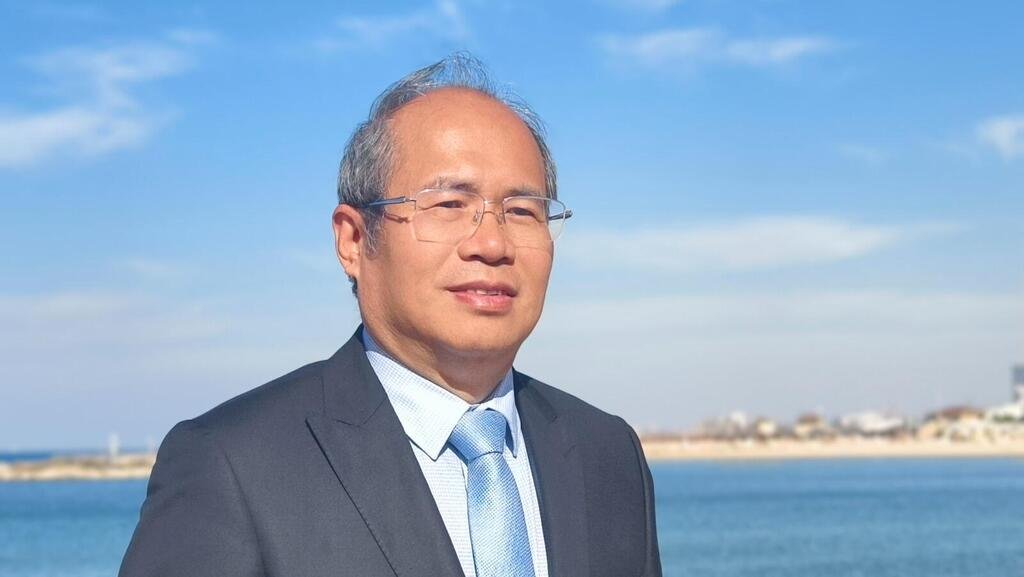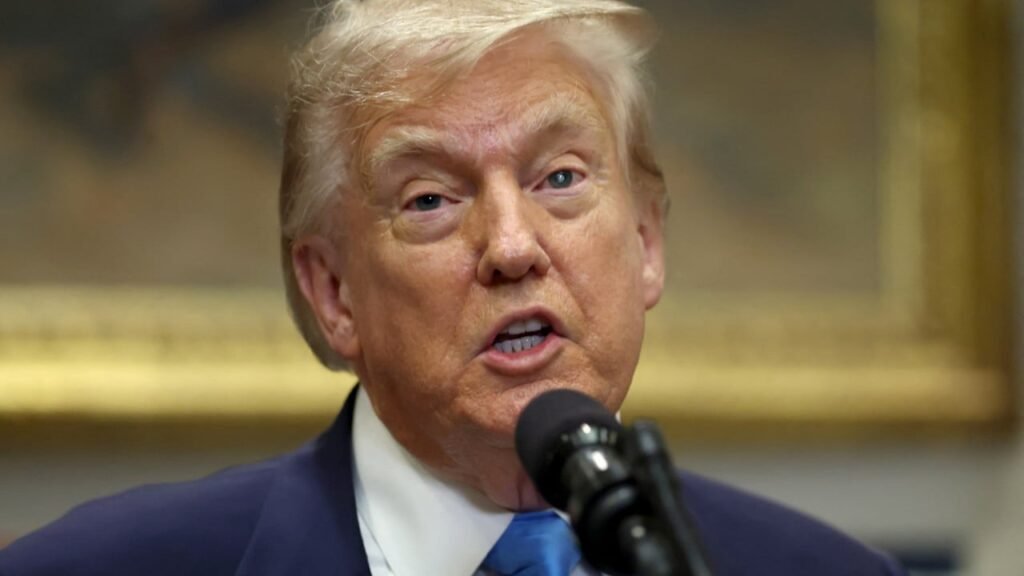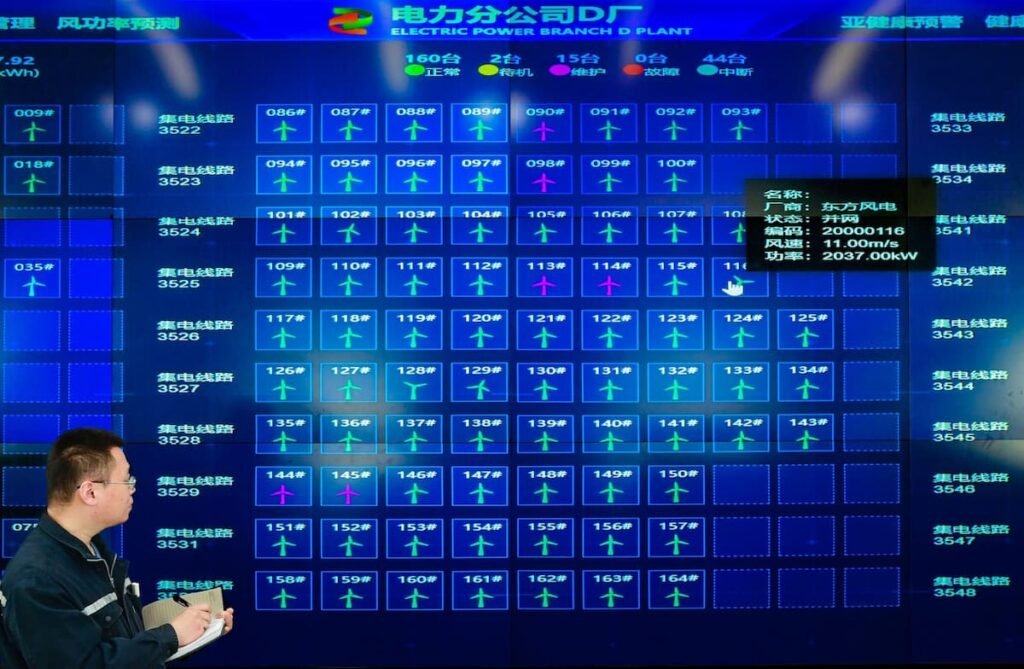
The Chinese smartphone market has long been a battleground for global tech giants, but recent trends suggest a seismic shift. Foreign brands, once dominant in the premium segment, are now ceding ground to domestic players who are leveraging subsidies, AI integration, and ecosystem strategies to redefine the competitive landscape. For investors, this transition raises a critical question: Is this the tipping point where Chinese OEMs cement their leadership, and how should capital be allocated to capitalize on this transformation?
Market Dynamics: A New Era of Domestic Dominance
In Q2 2025, Huawei reclaimed the top spot in Mainland China’s smartphone market with 18% market share, shipping 12.2 million units. This resurgence followed years of U.S. sanctions and supply chain disruptions, yet the brand’s focus on in-house R&D—exemplified by its HarmonyOS 5.0 and 5G chipsets—has enabled a 15% year-on-year growth. Meanwhile, Xiaomi, OPPO, and vivo continue to dominate the mid-to-high-end segments, with Xiaomi’s ecosystem-driven approach (spanning wearables, AIoT, and EVs) driving a 3% YoY increase in shipments. Apple, once a market leader, now holds a 15% share after a 13% position in Q1 2025, hindered by premium pricing that excludes it from subsidy-eligible categories.
The broader market saw a 4% year-on-year decline in Q2 2025, attributed to the tapering of government subsidy programs that had fueled Q1 growth. However, underlying demand remains resilient, with AI-capable smartphones projected to account for 40% of shipments by 2025. This shift underscores a structural transformation: Chinese consumers are increasingly prioritizing innovation, ecosystem integration, and localized features over brand heritage.
Strategic Shifts: Why Foreign Brands Are Losing Ground
Foreign smartphone makers face a trifecta of challenges:
1. Subsidy Ineligibility: Government programs targeting devices under $828 have disproportionately benefited domestic brands like Xiaomi and Huawei. Apple’s premium pricing model, while profitable in global markets, limits its access to this critical segment.
2. Ecosystem Competition: Domestic players are no longer just selling phones—they’re offering integrated ecosystems. Xiaomi’s AIoT network, Huawei’s HarmonyOS, and OPPO’s offline retail expansion create sticky user experiences that foreign brands struggle to replicate.
3. AI and Foldable Innovation: Chinese OEMs are leading in AI-driven features and foldable designs. Huawei’s Mate XT and Xiaomi’s XRing O1 chipset highlight their ability to differentiate in a saturated market.
Investment Opportunities: Capitalizing on the Domestic Surge
For investors, the rise of Chinese smartphone OEMs presents both risks and rewards. Key opportunities include:
– Huawei (Private): Despite its private status, Huawei’s HarmonyOS ecosystem and 5G recovery position it as a long-term play. Its focus on premiumization and AI integration aligns with global trends.
– Xiaomi (XIAOMI.HK): The company’s ecosystem strategy and aggressive expansion into EVs and AIoT make it a compelling growth stock. Recent in-house chipset development (e.g., XRing O1) reduces reliance on external suppliers.
– OPPO and vivo (Private): These brands maintain strong channel networks and mid-range product lines. While not publicly traded, their strategic partnerships with suppliers and focus on AI-enabled features could attract private equity interest.
Risks and Considerations
- Market Saturation: China’s smartphone market is nearing maturity, with 71% of users replacing devices every three years. Growth will depend on innovation in AI, foldables, and emerging markets.
- Regulatory Uncertainty: U.S.-China trade tensions and data privacy regulations could impact foreign brands like Apple, which rely on global supply chains.
- Competition Intensifies: As domestic players expand into AI and EVs, margins may compress. Investors should prioritize companies with strong R&D and ecosystem advantages.
Conclusion: A Tipping Point for Domestic Tech Leadership
The decline of foreign phone makers in China is not a temporary setback but a structural shift driven by policy, innovation, and consumer preferences. Domestic OEMs are now the architects of the next phase of smartphone evolution, with AI, foldables, and ecosystem integration as their cornerstones. For investors, this represents a rare opportunity to back companies that are not only dominating their home market but also positioning themselves to challenge global leaders.
The question is no longer whether Chinese brands can compete—it’s how quickly they will redefine the industry. For those willing to navigate the risks, the rewards could be substantial.







![[News] NVIDIA May Raise H20 Prices to Shield Profits but Confronts China’s Domestic Chip Push](https://koala-by.com/wp-content/uploads/2025/08/NVIDIA-Jensen-Huang-2-624x430.jpg)